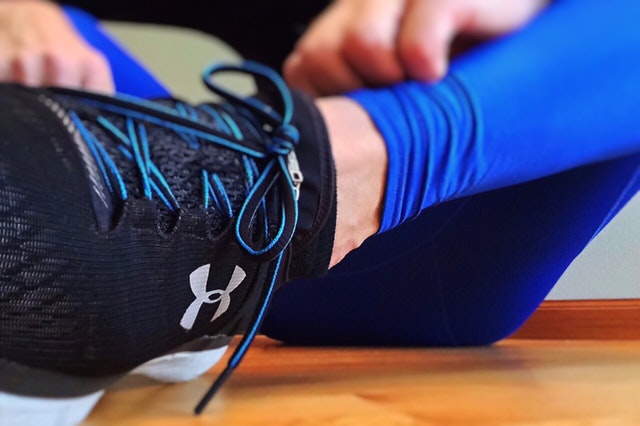Spider veins and varicose veins are a cosmetic concern for millions of adults today. The good news is there are effective treatment options for both conditions that eliminate the appearance of the veins, as well as any uncomfortable symptoms that might accompany them. Treatment for spider veins may not be the same as varicose vein management, so it is important to understand the differences between the two before seeking any type of treatment from a vein specialist.
About Spider Veins
Spider veins, also referred to as telangectasias or broken capillaries, are networks of red or blue lines that appear on the surface of the skin. They get their name because they often resemble tree branches or a spider web. While spider veins are commonly found on the legs, like varicose veins, they also appear on the face and other areas of the body.
Spider veins can be caused by venous insufficiency, the same reason varicose veins usually develop. However, these vein networks can also be due to skin trauma, sun exposure or hormonal changes. Spider veins rarely pose more than a cosmetic concern, since symptoms accompanying spider veins are relatively rare.
About Varicose Veins
Varicose veins are bulging, twisting blue and purple lines that often protrude above the skin’s surface. These veins are most commonly seen on the lower legs and are nearly always due to venous insufficiency. They are often accompanied by uncomfortable symptoms like achiness or heaviness in the legs, swelling of the legs and feet and nighttime cramping.
Venous insufficiency is characterized by a pooling of blood inside the veins of the lower leg. Veins are responsible for pumping blood back to the heart, which becomes challenging in the lower veins where blood must work against the force of gravity. Tiny valves inside veins that keep blood flowing in a single direction may become weak or damaged, allowing blood to reflux back inside the veins. This process results in swelling of the veins, which can develop into visible varicose veins.
Treatment Options
Treatment options are available for both spider and varicose veins. Procedures range from minimally invasive injections and laser therapies to surgical procedures that remove diseased veins from the leg via tiny incisions. Treatment for symptomatic varicose veins may be covered in part by insurance, while cosmetic treatment for spider veins is nearly always paid for out of the patient’s own pocket.
If you are unhappy with the look of unsightly spider or varicose veins, help is available. Contact our office at Incredible Veins, Skin and Body, to learn more about your options in vein treatment.




